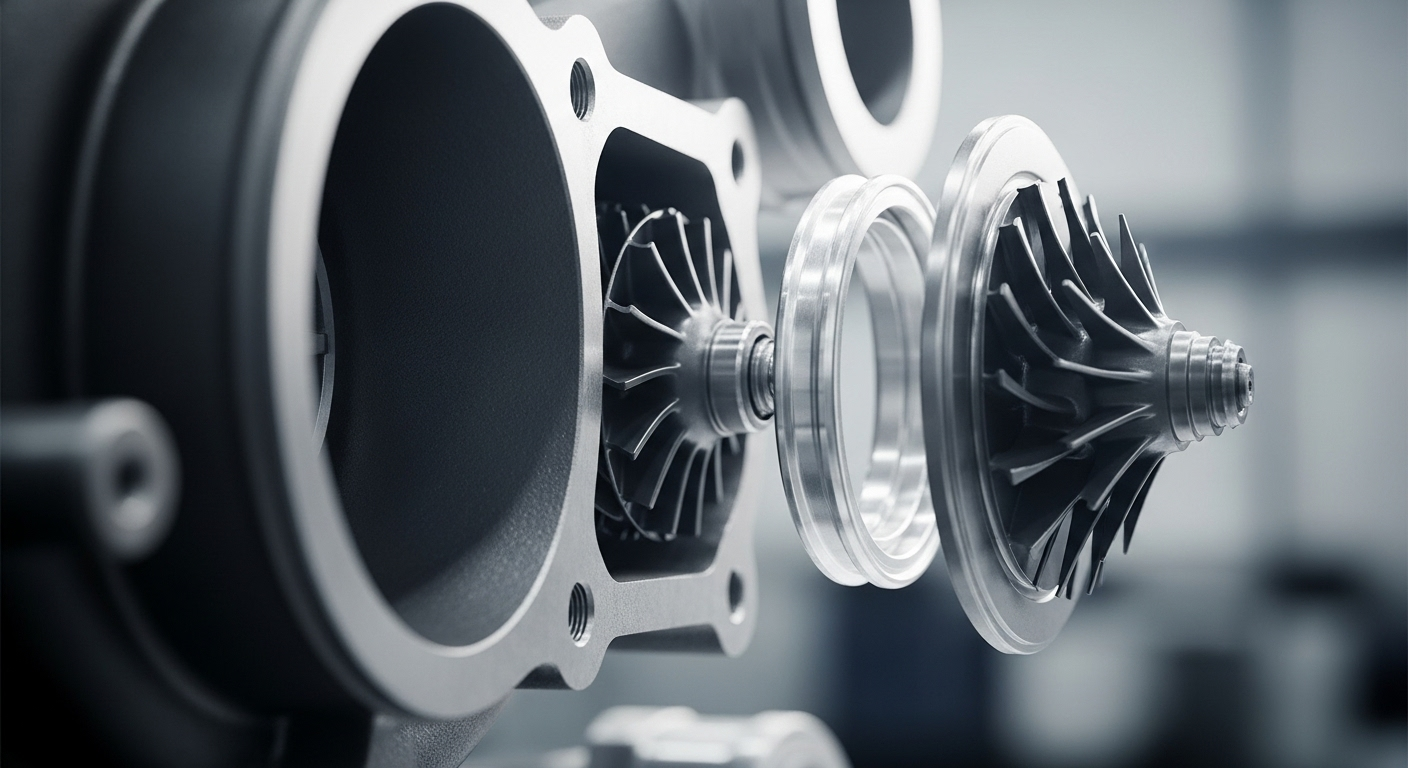The Hidden World of Automotive Metallurgy
Beneath the gleaming exteriors and roaring engines lies a world rarely explored by car enthusiasts: automotive metallurgy. This fascinating field shapes the very bones of our vehicles, influencing everything from performance to safety. Join us as we delve into the intricate world of metals in the automotive industry, uncovering the secrets that make our cars stronger, lighter, and more efficient than ever before.

The Birth of Automotive Metallurgy
The story of automotive metallurgy begins with the birth of the automobile itself. Early cars were primarily constructed from wood, with metal components limited to critical parts like the engine and chassis. As the demand for more durable and mass-producible vehicles grew, manufacturers turned to steel as the primary material for car bodies and frames.
The introduction of the assembly line by Henry Ford in 1913 marked a turning point in automotive metallurgy. Mass production necessitated the use of materials that could be easily shaped, welded, and assembled quickly. This led to the widespread adoption of mild steel, which offered a good balance of strength, formability, and cost-effectiveness.
Advanced High-Strength Steels: The Modern Marvel
As automotive design evolved, so did the demands placed on vehicle materials. The need for improved fuel efficiency, safety, and performance led to the development of Advanced High-Strength Steels (AHSS). These steels offer significantly higher strength-to-weight ratios than traditional mild steel, allowing manufacturers to reduce vehicle weight without compromising structural integrity.
AHSS come in various grades, each tailored for specific applications within a vehicle. For example, dual-phase steels combine regions of soft ferrite with islands of hard martensite, providing an excellent balance of formability and strength. This makes them ideal for complex structural components like B-pillars and roof rails.
Aluminum: The Lightweight Contender
While steel remains the dominant material in automotive construction, aluminum has gained significant ground in recent years. Its low density – roughly one-third that of steel – makes it an attractive option for manufacturers looking to reduce vehicle weight and improve fuel efficiency.
Modern automotive aluminum alloys are far more sophisticated than their predecessors. Heat-treatable alloys like 6000-series (aluminum-magnesium-silicon) offer excellent strength and corrosion resistance, making them suitable for body panels and structural components. The use of aluminum in vehicles has expanded beyond just engine blocks and wheels, with some manufacturers producing entire vehicle bodies from the lightweight metal.
Magnesium: The Future of Ultra-Light Design
As the automotive industry continues its quest for lighter vehicles, magnesium is emerging as a promising material. With a density even lower than aluminum, magnesium alloys offer the potential for significant weight savings. However, challenges such as cost, corrosion resistance, and formability have limited its widespread adoption.
Recent advancements in magnesium alloy development are addressing these issues. New alloys with improved corrosion resistance and mechanical properties are being developed, paving the way for increased use of magnesium in automotive applications. From steering wheels to transmission cases, magnesium components are slowly but surely making their way into modern vehicles.
The Role of Rare Earth Elements
The quest for improved performance and efficiency has led automotive metallurgists to explore the potential of rare earth elements. These metals, despite their name, are relatively abundant but difficult to extract and process. Their unique properties make them invaluable in creating high-performance alloys for specialized automotive applications.
For instance, neodymium is a crucial component in the powerful permanent magnets used in electric vehicle motors. Cerium and lanthanum are used in catalytic converters to reduce emissions. As automotive technology continues to advance, the role of rare earth elements in vehicle metallurgy is likely to grow, presenting both opportunities and challenges for the industry.
Metallurgy in Electric Vehicle Battery Technology
The rise of electric vehicles has opened up new frontiers in automotive metallurgy. Battery technology, in particular, relies heavily on advanced metallurgical processes. The cathodes of lithium-ion batteries, for example, are complex metal oxides containing elements like nickel, cobalt, and manganese.
Improving the performance and longevity of these batteries requires precise control over the composition and microstructure of these materials. Metallurgists are working on developing new cathode materials with higher energy density and improved stability, such as lithium-rich layered oxides and high-nickel formulations.
The Challenge of Recycling and Sustainability
As automotive metallurgy advances, so does the challenge of recycling and sustainability. Modern vehicles contain a complex mix of metals and alloys, making end-of-life recycling more complicated than ever before. The industry is responding with innovative recycling technologies and design strategies that prioritize material recovery.
For instance, some manufacturers are exploring the use of reversible adhesives that allow for easier disassembly and separation of different materials at the end of a vehicle’s life. Others are developing advanced sorting technologies that can more effectively separate different metal alloys during the recycling process.
The Future of Automotive Metallurgy
The field of automotive metallurgy continues to evolve at a rapid pace. Emerging technologies like 3D metal printing are opening up new possibilities for complex, lightweight structures that were previously impossible to manufacture. Meanwhile, research into novel alloys and composites promises to push the boundaries of what’s possible in vehicle design.
As we look to the future, it’s clear that automotive metallurgy will play a crucial role in addressing the industry’s most pressing challenges. From improving fuel efficiency and reducing emissions to enhancing safety and performance, the metals that make up our vehicles will continue to shape the future of transportation in ways both seen and unseen.





